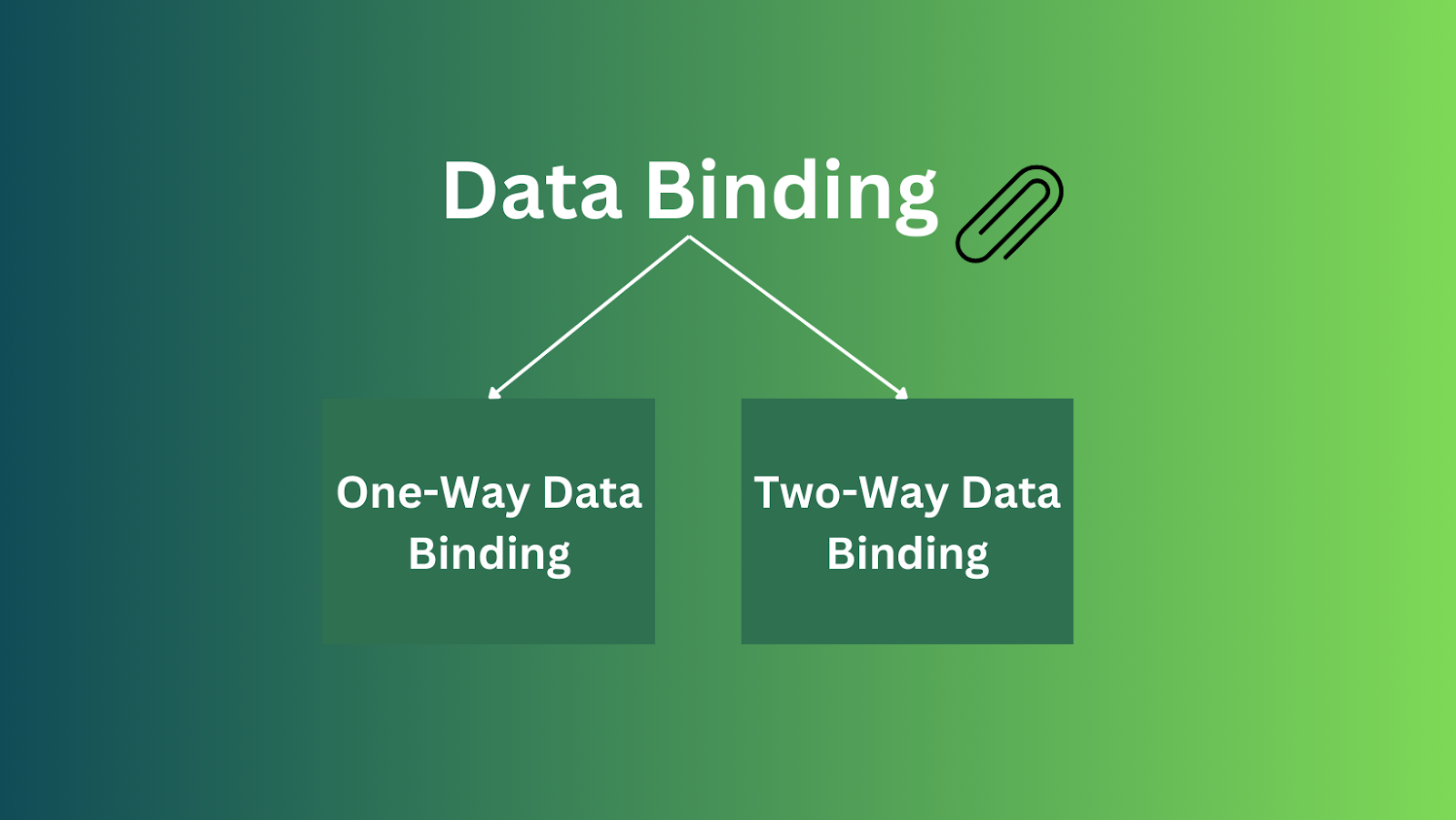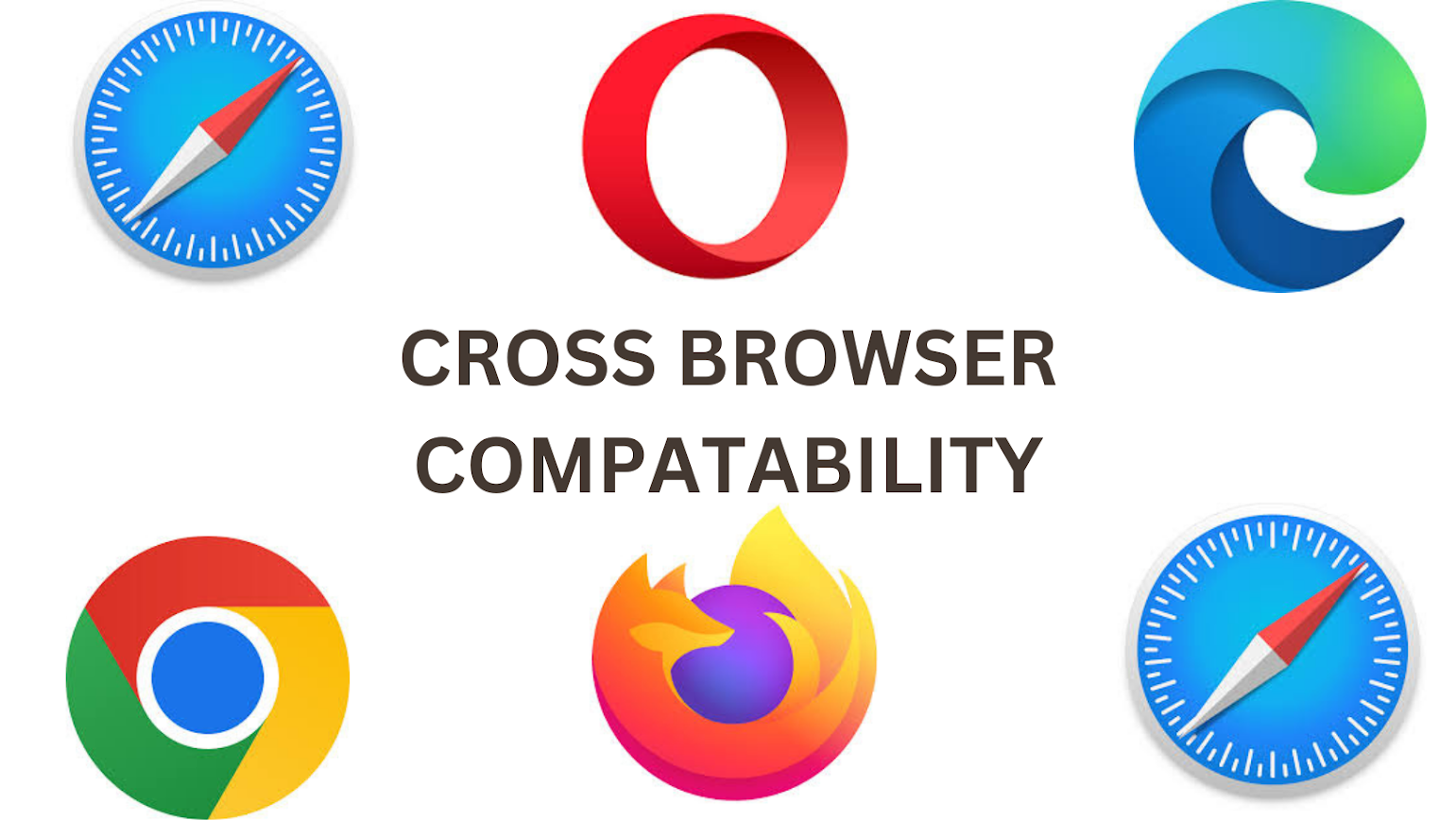10 Essential Features to Look for in a JavaScript Framework

Team Fueler
25 Apr, 2024

Did you know that choosing the right JavaScript framework is one of the main factors behind a successful web application? This is why many people say that JavaScript frameworks play a major role in the modern web development process. They offer features such as component-based architecture, data binding, and state management that simplify the creation of interactive web applications. Today, there are many JavaScript frameworks with different features and characteristics. Selecting the best one among them for your project requirements is not an easy task. The purpose of this article is to explain 10 essential features you should look for when selecting a JS framework.
Performance Optimization
In the modern web application development process, users expect web applications to be responsive and efficient. There are key points you need to consider when selecting a JS framework to have optimum performance in your application. First of all, it should have a lightweight architecture, as this significantly reduces the initial load time of your application.
Similarly, the way a JavaScript framework handles rendering and updates to the virtual DOM can greatly affect performance as well. This increases responsiveness and reduces CPU and memory usage. Therefore, that’s something you need to consider when comparing JS frameworks.
Another factor to consider is whether the framework supports code splitting and lazy loading. In this approach, only the highly optimized JavaScript code needed for the currently viewed content is loaded, and less critical sections are delayed. This improves the initial load time and reduces bandwidth usage, as it downloads only the components of the app that the user interacts with.
Developer Tools and Debugging Capabilities
Having the right tools and debugging features greatly helps in troubleshooting and overcoming the errors you encounter during code execution. Therefore, when considering a JavaScript framework, always check if it offers seamless integration with popular browser developer tools like Chrome DevTools or Firefox Developer Tools, as this supports efficient debugging.
Additionally, verify if it provides access to advanced debugging features such as breakpoints, console logging, and source maps because these help in step-by-step execution and monitoring of program behavior. Likewise, ensure that the framework allows for modifying code and seeing changes reflected instantly without the need to refresh the page. This leads to faster development cycles and reduces frustration among web developers.
State Management
State management is all about how data changes within your application and how your UI components respond to those changes. It's a crucial aspect of any JavaScript framework. When evaluating frameworks, there are key facts you might consider. Primarily, it's important to check whether the framework includes a built-in state management solution. This feature can simplify both the initial development process and the learning curve, which enables users to manage basic state needs without the need for additional libraries.
Similarly, it's also important to see if the framework supports popular state management libraries. The reason behind this is that it provides flexibility and scalability once the built-in solutions reach their limits. Moreover, the framework should be capable of handling complex application states, as this makes sure that both the maintainability and scalability are addressed in your application as it scales up.
Component-Based Architecture
Choosing a modern JavaScript framework with a component-based architecture is a good idea because it helps organize your web development in a simpler way. With components, you can break down your interactive user interfaces into small, independent sections, making them easier to build and maintain. This approach makes your JavaScript code more manageable and your development process smoother. So, when picking a popular JavaScript framework, look for one that supports this component-based style for a more efficient and organized development experience.
Additionally, you should verify whether the JS framework supports the reusability of components across the application. This can save development time and reduce code duplication. Another important fact is whether the framework provides clear and automatic management of component lifecycles. This ensures efficient resource allocation within each component.
Routing and Navigation
Routing and navigation are important aspects when it comes to smooth transitions between different sections of a web application. Before settling on a JavaScript framework, some facts related to routing and navigation should be considered.
First and foremost, make sure it has efficient client-side routing capabilities since it avoids full-page reloads and offers seamless transitions. In parallel, look for dynamic route handling, nested route support, and route optimization, as these allow for flexible and organized application structures. This feature also helps to create multi-level UIs with parent-child relationships between pages. Similarly, check if it has integration with navigation guards for enhanced security. This feature protects sensitive data and ensures proper user access control.
Data Binding
In a JavaScript framework, data binding is the link between your application's data, web components, and user interface. It is important because it ensures that views of your application instantly reflect changes in data and vice versa, keeping everything in sync. Make sure the framework has two-way data binding for real-time updates. Because of that, you won't need to write codes manually to keep UI and data in sync, which saves both development time and improves code maintainability.
Likewise, it's important to check if the framework supports reactive programming paradigms. They simplify complex data interactions and let you build more responsive and scalable applications. Furthermore, check if the framework can be easily integrated with external data sources. This enables your application to connect and use data from various sources, which enhances functionality and provides valuable insights.
Community and Support
When choosing the best JavaScript framework, you also need to consider other aspects, such as having a strong community and continuous support. Having a strong community will help a lot for your development experience and the long-term success of your project. A good community will provide you with continuous learning opportunities, code examples, and solutions to common problems.
Another thing you need to look at is the number of contributions made by other developers to that framework. For example, you can check the GitHub repository of the JS framework and see how frequently developers are adding contributions. You can also consider the StackOverflow community built around that framework. Also, check if the front-end framework has regular updates and a well-maintained codebase. This ensures stability, security, and access to new features in the framework.
Cross-Browser Compatibility
Cross-browser compatibility is the ability of your web application to look and function consistently across different browsers. This feature is important to reach a wider audience and create a seamless user experience. This is why the JS framework you choose should be compatible across major browsers. It should be able to customize your application to various screen sizes and devices for the best enterprise software development and mobile experience.
Documentation
In most popular JavaScript frameworks, clear and precise documentation is your best guide. Always look for a JavaScript framework that provides comprehensive documentation and clear tutorials. A good JavaScript framework should be easy for beginners to get started with. For example, there should be a step-by-step JavaScript tutorial on how to use the framework in their documentation or blog section. Not only that, documentation of the JS framework should provide all the details about the framework's features, APIs, and best practices.
Moreover, the documentation should have been updated with the latest information on the framework. You should also see what resources and tutorials are there for learning the framework, including visual guides and practical knowledge.
Security Features
To create web applications that are trustworthy and risk-free, the framework should understand and address risks. Security is a key factor in modern JavaScript frameworks as it is mandatory to protect user data, prevent malicious attacks, and also build trust and reputation between the user and the application.
There are many ways in which different JavaScript frameworks contribute to creating secure single-page applications. Starting off, it has built-in security features like input validation and sanitization. Another is the content security policy, where this mechanism defines which external resources can be loaded by your application. Using this technique, you can limit the attacker's ability to inject malicious code or introduce third-party vulnerabilities. Similarly, frameworks also encourage specific coding patterns and techniques, such as encapsulation and error handling, that minimize vulnerabilities.
Best Practises
Beyond built-in features, frameworks also contribute to secure development in the following ways.
- Frameworks can enforce secure coding patterns and structures, reducing the risk of introducing vulnerabilities. For example, input validation, authentication and authorization, and data sanitization.
- Frameworks also actively address security vulnerabilities through consistent updates and patches, which minimizes the exposure to known threats.
- Also, active communities share best practices, security updates, and vulnerability alerts, which keep the developers informed.
Conclusion
When selecting a JavaScript framework, it's important to consider key features such as performance optimization, developer tools, and everything mentioned above. A web developer should carefully assess their project's specific requirements and align them with the capabilities offered by different frameworks. By assessing the features and choosing the right framework, developers can make a decision that not only facilitates efficient and effective development but also ensures the long-term success and scalability of their projects.
FAQs
What are the benefits of a component-based architecture?
Component-based architecture enhances maintainability by breaking down complex codebases into manageable code modules. It promotes reusability which allows components to be used across different areas of an application or in multiple projects.
How does a component-based architecture benefit development?
A component-based architecture streamlines development by enabling modularity and reusability. It allows developers to efficiently manage and scale complex applications through interchangeable and self-contained components.
Why is data binding important, and what types should I look for?
Data binding is important as it automates the synchronization between the user interface and the application data. Therefore it reduces the need for manual DOM updates and event handling. The key types include one-way data binding, static views, and two-way data binding, which is beneficial for interactive applications where the UI and data are constantly interacting.
About Fueler:
Fueler is a career portfolio platform that helps companies find the best talents for their organization based on their proof of work
You can create your portfolio on Fueler, thousands of freelancers around the use Fueler to create their professional-looking portfolios and become financially independent. Discover inspiration for your portfolio
Sign up for free on Fueler or get in touch to learn more.




